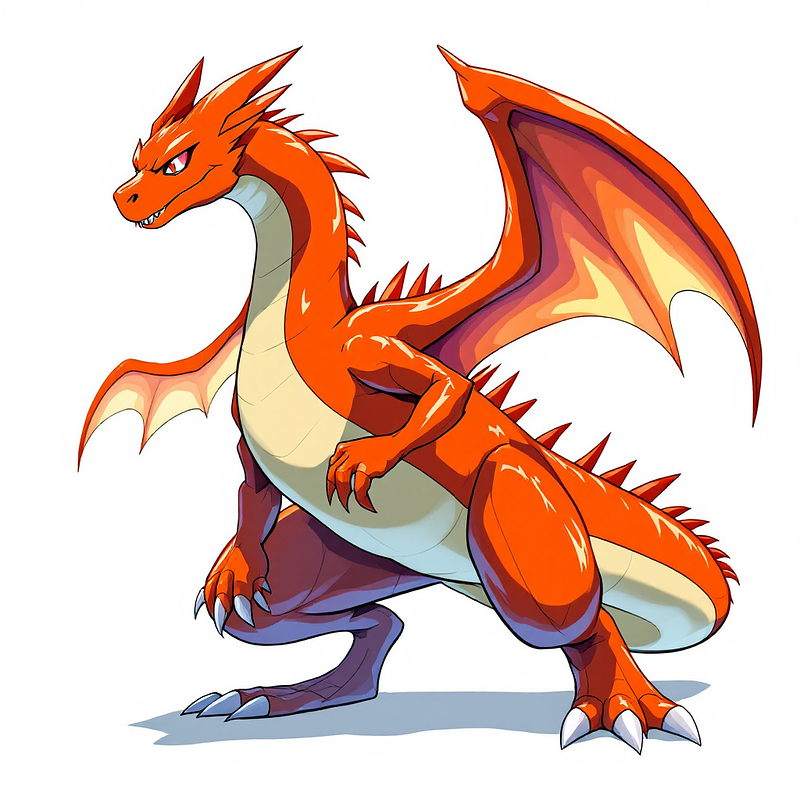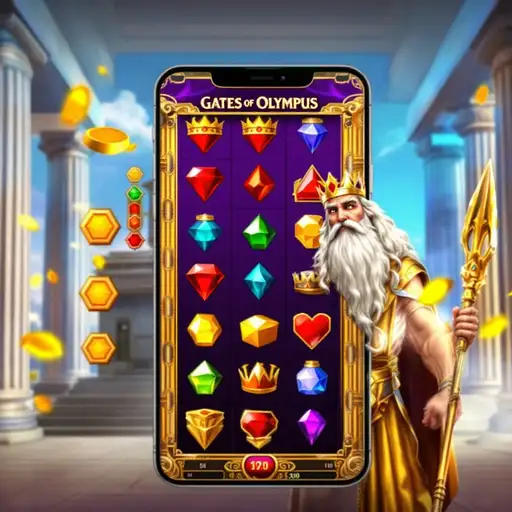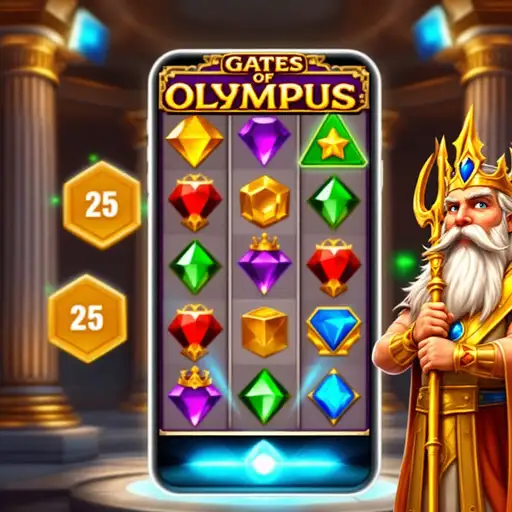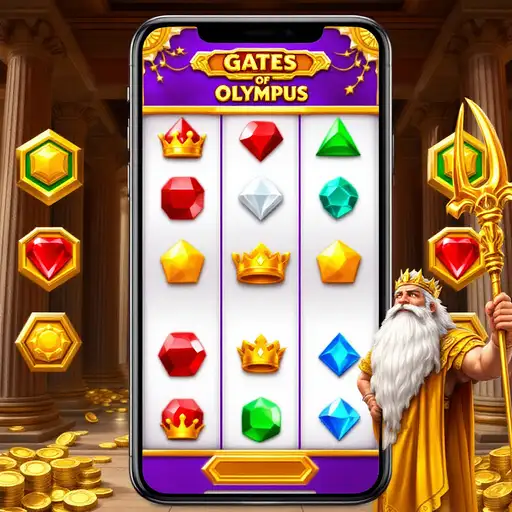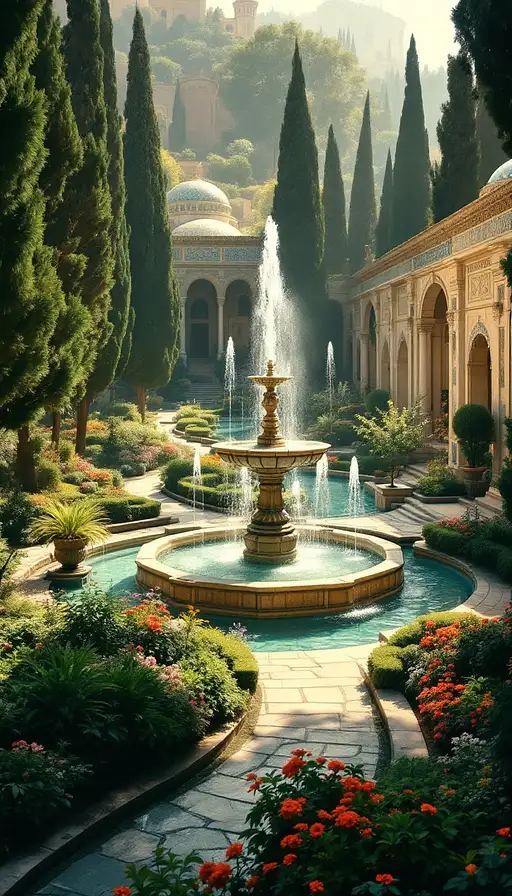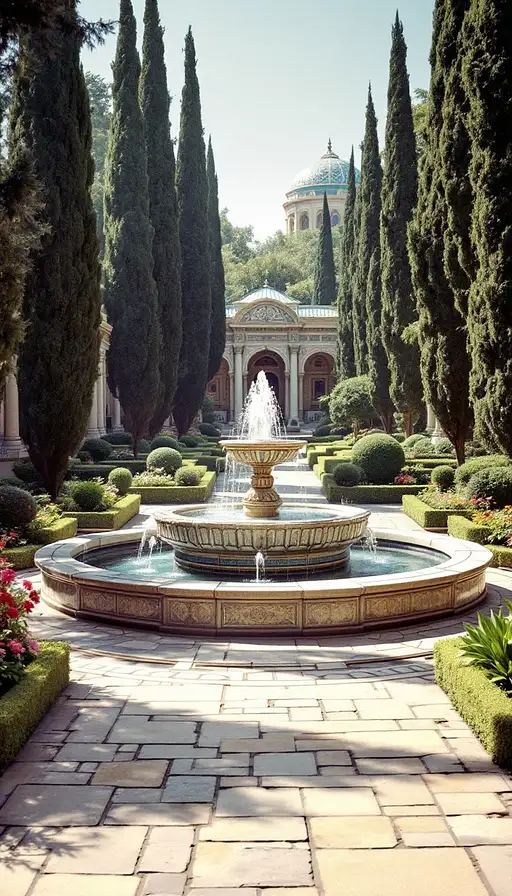8 months ago
Charizard, the Fire/Flying-type Pokémon, is a magnificent and imposing creature, known for its fierce presence and draconic elegance. In high definition, Charizard’s features come to life with incredible clarity and detail, revealing its intimidating beauty and the fiery power that resides within.
### **Overall Shape and Stature:**
Charizard is a large, bipedal creature with a muscular, robust build that emphasizes its strength and agility. Its body is sleek, yet powerful, with long, sturdy limbs that show off its prowess both on the ground and in the air. Charizard's posture conveys a sense of confidence and dominance, with its wings raised or extended, ready to take flight at a moment's notice. Every muscle on its body is clearly defined, from the strong, broad shoulders to the powerful legs, which suggest that it can move with grace despite its size.
The smooth, scaly texture of Charizard’s body gives it an almost reptilian appearance, combining elegance with raw strength. The scales have a slight sheen, catching the light as they glisten, and each scale is textured with fine details that give depth to its form. These subtle textures reveal the complexity of Charizard's design and its capability as both a warrior and a flying beast.
### **Head and Expression:**
Charizard's head is one of its most striking features, with a sharp, angular shape that exudes a sense of fierce determination. The face is adorned with two bright, piercing eyes, which shine a deep orange hue. The eyes are intense, with a slightly glowing inner light that reflects its fiery spirit. Around the edges of the eyes, the skin is tight and smooth, accentuating their deep, molten amber color and giving Charizard a look of both intelligence and ferocity.
Its large, sharp, and slightly curved horns protrude from the top of its head, giving it a majestic, almost crown-like appearance. These horns are detailed with fine ridges and texture, which highlight their toughness and strength. Beneath the horns, Charizard’s face has a strong jawline and a wide, slightly open mouth, revealing rows of sharp teeth—each tooth designed with careful attention to detail, making them appear capable of tearing through almost anything.
Charizard’s nostrils flare slightly, hinting at its fiery nature. The skin around its face has a slight texture, more pronounced along the jaw, where the fire inside it seems to boil under its scales.
### **Wings:**
Charizard’s wings are large and bat-like, extending wide from its back. The wings are made of strong, leathery membranes that appear to shimmer with subtle details as they catch the light. The texture of the wings is finely detailed, with a delicate network of veins visible on the membranes. The edges of the wings are slightly tattered, adding a sense of battle-worn history to Charizard’s appearance, suggesting it has fought many battles in the skies.
The wings themselves are massive, their large size enabling Charizard to soar through the air with ease. The sheer scale and the vivid coloration of the wings, transitioning from deep orange to a rich brown at the tips, reflect the creature's fiery heritage. The wing muscles are defined, showing how the wings stretch and contract with immense power.
### **Body and Tail:**
Charizard’s body is covered in smooth, tough scales, which gradually shift in color from a bright orange along its upper torso and wings to a muted yellow and tan along the underside. The coloration is vibrant, with subtle gradients and transitions that emphasize the creature's fiery nature. As you move down Charizard’s body, its muscular legs stand strong and firm, capable of launching it into flight or charging into battle.
The tail, a signature feature of Charizard, is one of its most recognizable characteristics. It is long and fluid, tapering to a pointed end. At the tip of the tail, a large, flickering flame burns brightly. The flame appears to dance and crackle with an otherworldly energy, casting soft light on Charizard’s body and creating a mesmerizing effect. The flame’s flickering movement is highlighted in fine detail, with orange and red hues swirling and shifting, suggesting an untamed, volatile fire that burns within Charizard’s very essence.
### **Claws and Feet:**
Charizard’s feet are strong and tipped with sharp claws, each one detailed with a rough texture and a pointed, menacing appearance. These claws are not only functional for battle but also help Charizard to maintain its balance in flight and on the ground. Each foot has three sharp claws, with the central claw being slightly larger and more prominent, reflecting the predator nature of Charizard. The dark, slightly metallic texture of the claws contrasts against the vibrant orange scales of its legs, giving the feet a sense of raw power.
### **Overall Presence:**
In high definition, Charizard appears as a majestic and powerful figure, radiating both strength and grace. The careful detailing of each feature—from the scales along its body to the dynamic motion of its wings and the flickering flame on its tail—brings this Fire/Flying-type Pokémon to life with a vivid intensity. Every aspect of Charizard’s design reflects its nature as a fierce, noble beast that can soar through the skies or unleash fiery power with devastating effect.
The high-definition rendering of Charizard emphasizes its primal energy and indomitable spirit, making it not just a Pokémon, but a force of nature. The depth and texture of its skin, the glowing fire of its tail, and the piercing intensity of its eyes all come together to create a creature that feels alive, ready to battle or soar through the skies, embodying the very essence of fire and flight, 8k, intricate detail, photorealistic, realistic light, wide angle, kinkfolk photography, A+D architecture

